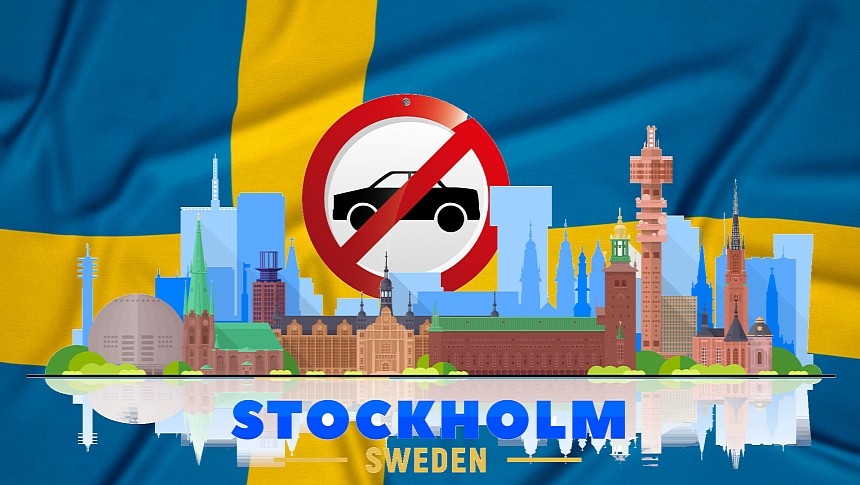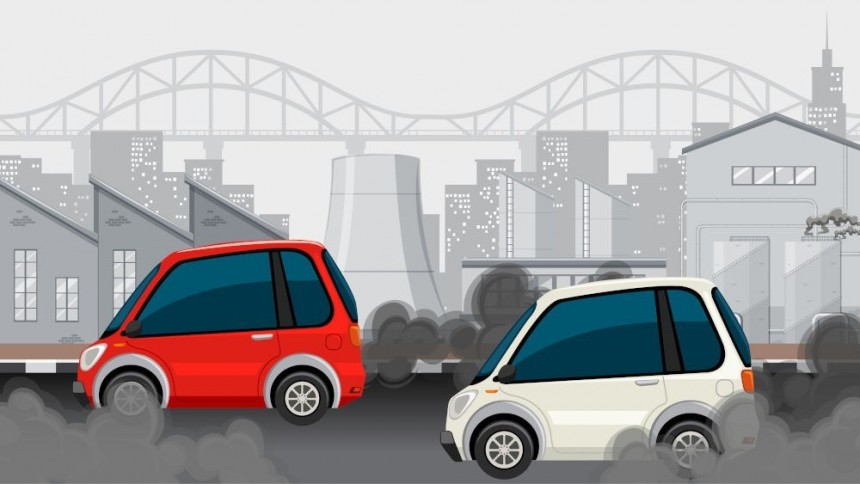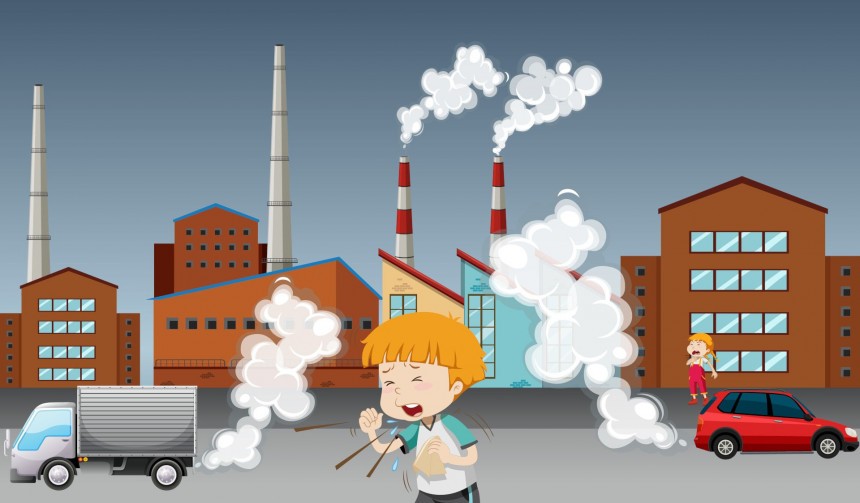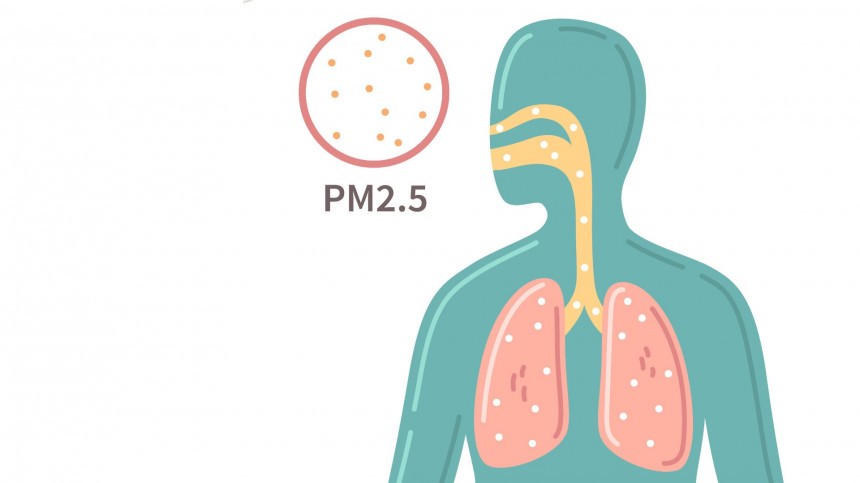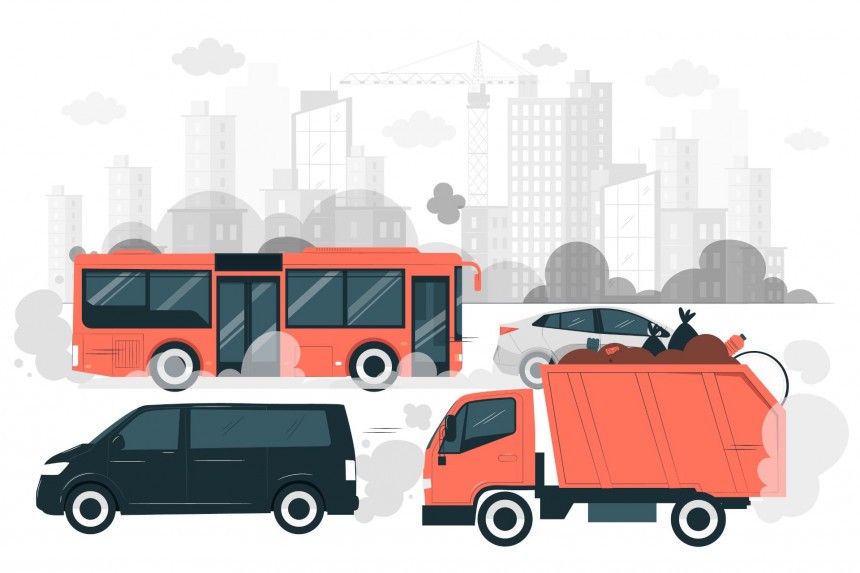In the last two decades, civilized European countries banned smoking in public places because smoking harms everyone's health. The same logic goes for ICE cars, but banning them from urban areas is still unpopular. Stockholm is the first European capital that intends to do what's right, and I'm sure others will follow soon. Sorry, Big Auto, but common sense will prevail after all.
In the aftermath of Dieselgate, some cities enforced a "diesel ban" rule aimed at older and, consequently, more polluting diesel-powered cars. In 2018, Hamburg was the first city in Europe to prohibit access to Euro 5 or older emissions standard cars on a few specific streets in the city center.
Darmstadt, Berlin, and Munich followed its example, while Stuttgart, inspired by London's Low Emission Zone, decided in 2020 to ban all diesel cars with emission standards lower than Euro 6 in its own low-emission zone.
At this point, I should also note that at the 2016 C40 Cities meeting in Mexico, the mayors of Paris, Mexico City, Madrid, and Athens committed to banning old polluting diesel vehicles in their cities starting in 2025. We're now to see if Stockholm's decision will make those politicians step up their plans and include petrol cars.
London has another approach. UK's capital extended the central Congestion Charge Zone 18 times in just a few years, and now the Ultra-Low Emission Zone covers all of London's boroughs. Lower-than-Euro-4 petrol cars, as well as lower-than-Euro-6 diesel cars, must pay a daily charge of £12.50 / €14.50 / $15.35.
So older and more polluting cars have to pay, but they are not banned from this zone. Of course, research showed a reduction of around 44% in NOx emissions, and 94% of the cars driving on an average day meet strict emissions standards. Still, Londoners breathe fumes from ICE cars.
The tobacco industry fought a long war against all of these and poured billions into lobbying and misinformation. But common sense prevailed eventually. Out of the eight billion people in the world, some one and a half billion are smokers.
How long the smoking ban was delayed and how many people have been affected by second-hand smoke for decades is outrageous. It's scandalous that undeniable scientific and medical proof of smoking causing cancer was overlooked or minimized. Today, most of us are outraged when some jerk smokes indoors or near kids, don't we?
That's because banning smoke where it can harm others is simply normal. There are many more non-smokers in the world than smokers, and allowing them to harm others is not an option. By the way, New Zealand is the first country in the world to prohibit young people born after 2009 from buying tobacco products.
Does it sound like an excessive measure? Everybody else taxes cigarettes, making them more and more expensive. Still, the number of smokers steadily increases because smoking is advertised as cool, and people easily accept to pay more for the drug.
It became evident that imposing a tax on smoking can't stop people from buying and using tobacco products; it can't stop cancer and other diseases associated with smoking; it can't stop the not-to-be-ignored environmental harm of the tobacco industry.
The only logical and sane solution is to ban smoking, although many could argue that this is simply tyranny. Sorry, folks, but the basic rule of democracy is that your freedom ends where my freedom is under attack.
If you smoke, you have the right to endanger your health, but you definitely don't have the right to endanger mine. If you disregard my right to breathe clean air and enforce your right to smoke around non-smokers, ignoring any common sense and logic, then this is autocracy, my friend.
I'd be very naïve to think that common sense arguments can prevail and that both authorities and people deeply involved in the tobacco industry would act responsibly. The step-by-step anti-smoking strategy will bear fruit somewhere in the future, but I doubt smoking will ever be eradicated.
I suppose that smoking and future tobacco product manufacturing will most likely be restricted to prevent harming others and the environment. I expect that smoking will be banned outdoors and only allowed in confined places at some point in the future. I also hope smoking becomes much more expensive so that few will afford it.
What I depicted is simply a compromise scenario to prevent smoking from being banned. But do you really think such a compromise is feasible for fossil-fuel-based fuels and internal combustion engines?
Funny thing, back in 2004, the Tobacco Control Journal published the results of an experiment involving a diesel car and cigarettes. A Euro-3 2002 Ford Mondeo 2.0 TDCi was left idling in an enclosed garage for 30 minutes. Then, three cigarettes were lit sequentially and left to burn for 30 minutes.
Researchers used a portable analyzer to measure fine particulate matter (PM) from both sources. They concluded that the three cigarettes were responsible for a ten-fold indoor PM pollution compared to the idling diesel car!
I am still waiting to learn of recent similar experiments involving new electronic cigarettes and cars equipped with the latest tech ICEs. I'm very curious about the results.
But thanks to the Berkeley Earth non-profit American organization, we know that "inhaling 22 micrograms of PM2.5 per cubic meter for 24 hours gives you the same pollution exposure as smoking one cigarette."
Considering a value of around 200 micrograms per kilometer of fine particulate matter PM2.5 and that the average daily traveling distance in Europe is estimated to be 32 km, a car emits around 6,000 micrograms of PM2.5 daily.
Dividing this value to the 24 hours a day results in around 260 micrograms of PM2.5 per hour, ten times more than Berkley Earth's equivalent for smoking a cigarette. If I would "translate" the other pollutants into smoking cigarettes, I can conclude that driving a car in Europe daily is like smoking a cigarette pack daily.
So, every day, Europeans inhale the smoke from over 250 million cigarette packs, which adds to the actual 100 million cigarette packs burnt by European smokers. Basically, almost two-thirds of Europeans smoke every day, but most are unaware. How wicked is this?
Because city centers are usually the most crowded, it's only natural to ban ICE cars in those areas. Just like smoking is banned indoors and not just taxed. Of course, it's only a matter of time before everybody realizes that they also inhale cars' exhaust emissions where they live, shop, or relax, not only in those city centers.
In other words, the whole urban area should be considered "indoors" and thus "smoking" should be banned all over the city. I will translate it for petrolheads: cars propelled by engines burning fuels that release pollutants must not be allowed inside city premises anymore.
I wonder if this was the logic behind Stockholm City Council's ruling coalition, which the Green Party is part of. But I believe the parallel to smoking is the best one to convince people that petrol and diesel cars can't be allowed anymore to pollute the air we breathe in the places we live in.
That's why I really believe that many other capitals and cities will soon follow Stockholm. The only real solution to slash emissions in cities is to replace ICE vehicles with EVs or FCEVs. I'm sure the car industry and petrolheads will oppose and try to convince everybody thatelectronic cigarettes hybrids are the best compromise.
I'll leave the conclusion to you. The "ICE ban" subject is far from settled, but I believe Stockholm sparked a new trend. And apparently, Greta had nothing to do with it. So, please, dear ICE fans, find someone else to blame.
Darmstadt, Berlin, and Munich followed its example, while Stuttgart, inspired by London's Low Emission Zone, decided in 2020 to ban all diesel cars with emission standards lower than Euro 6 in its own low-emission zone.
At this point, I should also note that at the 2016 C40 Cities meeting in Mexico, the mayors of Paris, Mexico City, Madrid, and Athens committed to banning old polluting diesel vehicles in their cities starting in 2025. We're now to see if Stockholm's decision will make those politicians step up their plans and include petrol cars.
London has another approach. UK's capital extended the central Congestion Charge Zone 18 times in just a few years, and now the Ultra-Low Emission Zone covers all of London's boroughs. Lower-than-Euro-4 petrol cars, as well as lower-than-Euro-6 diesel cars, must pay a daily charge of £12.50 / €14.50 / $15.35.
So older and more polluting cars have to pay, but they are not banned from this zone. Of course, research showed a reduction of around 44% in NOx emissions, and 94% of the cars driving on an average day meet strict emissions standards. Still, Londoners breathe fumes from ICE cars.
No smoke, no problem
Twenty years ago, Ireland was the first country in the world to ban smoking in workplaces, followed shortly by pubs and restaurants. Tobacco brand ads vanished from Formula 1, television, and magazines, and warning messages, accompanied later by awful images, appeared on cigarette packs.The tobacco industry fought a long war against all of these and poured billions into lobbying and misinformation. But common sense prevailed eventually. Out of the eight billion people in the world, some one and a half billion are smokers.
That's because banning smoke where it can harm others is simply normal. There are many more non-smokers in the world than smokers, and allowing them to harm others is not an option. By the way, New Zealand is the first country in the world to prohibit young people born after 2009 from buying tobacco products.
Does it sound like an excessive measure? Everybody else taxes cigarettes, making them more and more expensive. Still, the number of smokers steadily increases because smoking is advertised as cool, and people easily accept to pay more for the drug.
It became evident that imposing a tax on smoking can't stop people from buying and using tobacco products; it can't stop cancer and other diseases associated with smoking; it can't stop the not-to-be-ignored environmental harm of the tobacco industry.
If you smoke, you have the right to endanger your health, but you definitely don't have the right to endanger mine. If you disregard my right to breathe clean air and enforce your right to smoke around non-smokers, ignoring any common sense and logic, then this is autocracy, my friend.
Burning fuels in ICEs is much worse than smoking
What have we learned from the smoking debate so far? Taxing this vice costs much more the society than prohibiting it. But we also witness that the filthy rich tobacco industry doesn't just give up without a fierce fight.I'd be very naïve to think that common sense arguments can prevail and that both authorities and people deeply involved in the tobacco industry would act responsibly. The step-by-step anti-smoking strategy will bear fruit somewhere in the future, but I doubt smoking will ever be eradicated.
I suppose that smoking and future tobacco product manufacturing will most likely be restricted to prevent harming others and the environment. I expect that smoking will be banned outdoors and only allowed in confined places at some point in the future. I also hope smoking becomes much more expensive so that few will afford it.
What I depicted is simply a compromise scenario to prevent smoking from being banned. But do you really think such a compromise is feasible for fossil-fuel-based fuels and internal combustion engines?
Researchers used a portable analyzer to measure fine particulate matter (PM) from both sources. They concluded that the three cigarettes were responsible for a ten-fold indoor PM pollution compared to the idling diesel car!
I am still waiting to learn of recent similar experiments involving new electronic cigarettes and cars equipped with the latest tech ICEs. I'm very curious about the results.
But thanks to the Berkeley Earth non-profit American organization, we know that "inhaling 22 micrograms of PM2.5 per cubic meter for 24 hours gives you the same pollution exposure as smoking one cigarette."
Let's do some math, shall we?
The latest Euro 6d emission standards require cars' petrol and diesel engines not to exceed 0.0045 g/km, which is 4,500 micrograms. Modern petrol and diesel cars usually emit ten times less of this value (around 450-500 micrograms PM), and several studies estimate that around half of them are PM2.5.Considering a value of around 200 micrograms per kilometer of fine particulate matter PM2.5 and that the average daily traveling distance in Europe is estimated to be 32 km, a car emits around 6,000 micrograms of PM2.5 daily.
Dividing this value to the 24 hours a day results in around 260 micrograms of PM2.5 per hour, ten times more than Berkley Earth's equivalent for smoking a cigarette. If I would "translate" the other pollutants into smoking cigarettes, I can conclude that driving a car in Europe daily is like smoking a cigarette pack daily.
So, every day, Europeans inhale the smoke from over 250 million cigarette packs, which adds to the actual 100 million cigarette packs burnt by European smokers. Basically, almost two-thirds of Europeans smoke every day, but most are unaware. How wicked is this?
In other words, the whole urban area should be considered "indoors" and thus "smoking" should be banned all over the city. I will translate it for petrolheads: cars propelled by engines burning fuels that release pollutants must not be allowed inside city premises anymore.
I wonder if this was the logic behind Stockholm City Council's ruling coalition, which the Green Party is part of. But I believe the parallel to smoking is the best one to convince people that petrol and diesel cars can't be allowed anymore to pollute the air we breathe in the places we live in.
That's why I really believe that many other capitals and cities will soon follow Stockholm. The only real solution to slash emissions in cities is to replace ICE vehicles with EVs or FCEVs. I'm sure the car industry and petrolheads will oppose and try to convince everybody that
I'll leave the conclusion to you. The "ICE ban" subject is far from settled, but I believe Stockholm sparked a new trend. And apparently, Greta had nothing to do with it. So, please, dear ICE fans, find someone else to blame.
